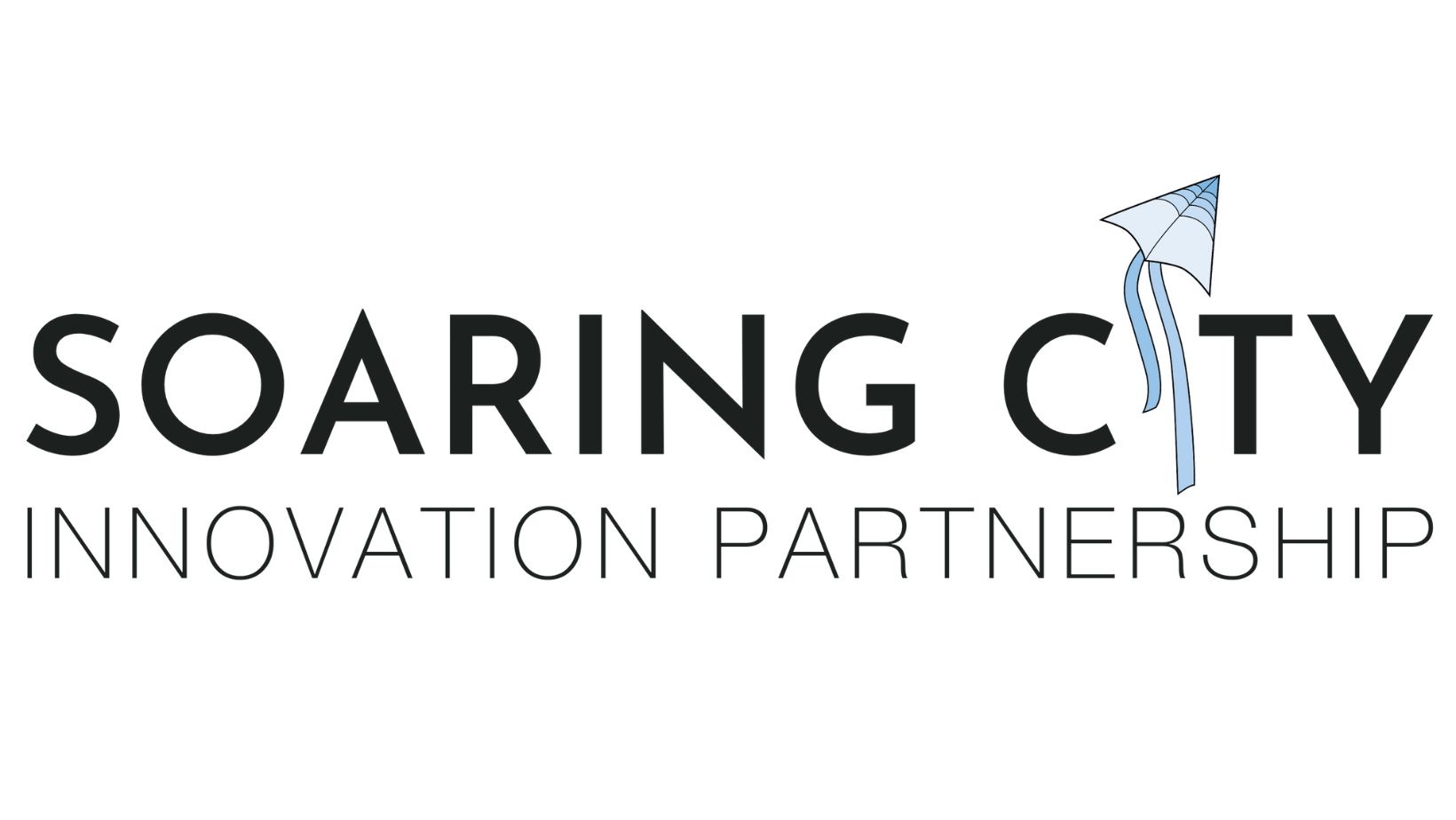Taking a page from communities like Buffalo, New York; Charlotte, North Carolina; St. Louis; Detroit; and many, many other emerging innovation districts, we have learned that the secret sauce to retaining talent is creating a place where people want to live, work, and play.
In 1988 Tampa, Florida, was billed by futurist John Naisbitt as America’s Next Great City. Yet decades would pass with the city unable to retain its greatest treasure; it was hemorrhaging the talent graduating from its great universities to companies located in other cities across America.
Paella—a mishmash of Cuban, Spanish, and Italian cuisine—is a delicious and popular dish in Tampa. Yet just seven miles north of downtown Tampa, another mishmash has been brewing—this one indigestible. Sprawling development patterns, poor transit options, and car-centric streets created a hellscape right out of the Squid Game for pedestrians, cyclists, and residents alike.
Once dubbed “Suitcase City” and today known as “Uptown,” the community is home to 40,000-plus university students and another 50,000 residents—people from every spot on the globe seeking their piece of the American Dream.
This was all happening within eyeshot of high-end Anchor institutions, including the University of South Florida, a top research university; Moffitt Cancer Center, one of the best cancer hospitals in America; Busch Gardens, a premier tourist destination; and the James Haley Veterans’ Hospital.
The Anchors were like islands unto themselves, separated from the surrounding population by berms, fences, guards, and inhospitable development patterns that made walking between the giant institutions impossible.
That is changing.
Taking a page from communities like Buffalo, New York; Charlotte, North Carolina; St. Louis; Detroit; and many, many other emerging innovation districts, we have learned that the secret sauce to retaining talent is creating a place where people want to live, work, and play.
The restoration began in earnest in 2014 when Hillsborough County and the City of Tampa joined forces with the Tampa Innovation Alliance—now called Soaring City, a 501c3 urban tech ecosystem developer—to transform Uptown into a community magnet for great tech companies.
Ground zero is an old 100-acre mall built in 1974 by Eddie DeBartolo. The old mall is a thing of the past, replaced by an evolving mixed-use innovation campus named RITHM, which is an acronym for Research, Innovation, Technology, Habitat & Medicine. RITHM is within walking distance of the University of South Florida and three major research hospitals and is being redeveloped by New York City developer RD Management with an eye toward connectivity.
How are we doing this? I call it The Tampa 3.
Drawing inspiration from the Tampa 2 defense that changed football, we are deploying the Tampa 3 approach to transform the region.
1. MANIACAL COLLABORATION
Brian Lamb, the Global Head of Diversity & Inclusion for JPMorgan Chase and formerly the Chair of the USF Board of Trustees, challenged the Uptown community five years ago to engage in maniacal collaboration. “Be relentless” in reaching out to others different than yourself, he said, and “work together to solve big problems.” Sounds easy, but take a gander across the country to places like San Francisco, for instance, and you will note that the gulf between rich and poor is growing.
2. RUN TOWARD YOUR PERCEIVED WEAKNESS AND MAKE IT YOUR STRENGTH
When I took the job as the executive director, the Uptown area was derided as “Siberia North” by some. Fowler Avenue, the main east-west state road connecting I-275 to USF, had been widened to eight lanes in the ’70s, killing family businesses and replacing them with unsightly strip malls, pawn shops, and check-cashing stores.
Many within our own community urged visitors of our Anchor institutions to avoid the road if at all possible. We have turned this idea on its head by partnering with the Florida Department of Transportation District 7 to begin turning Fowler Avenue into an Innovation Boulevard.
We met with a variety of companies to build a world-class destination within walking distance of Fowler Avenue. Family-owned businesses and companies that once feared Fowler Avenue are rethinking their own presence and creating plans to build attractive destinations for residents and visitors alike.
We learned that perceived weaknesses can become tremendous opportunities if you are willing to challenge the status quo. Don’t be afraid of a road, as in our case, or your own challenge. Instead, run toward it and make it your strength.
3. BUILD A BLUE-COLLAR TECH WORKFORCE
In July 2021, Soaring City was challenged by Florida Blue to launch a moonshot at Uptown to close the income gap and break the cycle of generational poverty gripping so many of our residents. How? In large part, by “Tony-Starking” our workforce.
We have joined with Rony Abovitz, founder of Magic Leap, and Guy Gilliland of the Boston Consulting Group to develop a plan for the Tampa Regional Metaverse, seeded in Tampa’s Uptown Innovation Quarter, to turn low-skilled workers into skilled, blue-collar tech workers.
Together we are launching a moonshot to capture what Kevin Kelly described in Wired Magazine as the dawn of a third great platform to digitize the world and make it accessible and relevant to everyone.
Companies should look inward and find ways to upskill their workforce. We have found that skilled workers are happier workers who are able to better sustain themselves and their families and are far more optimistic about technology and its place in their community.
I believe taking the time to train your most entry-level worker using immersive Web3 tech is another essential if America is to compete economically on the global world stage, as well as to build resilient communities at home that are stable and prosperous.
This is what we are doing in Tampa and it’s something you can also do to build your own communities and help restore the American Dream.
